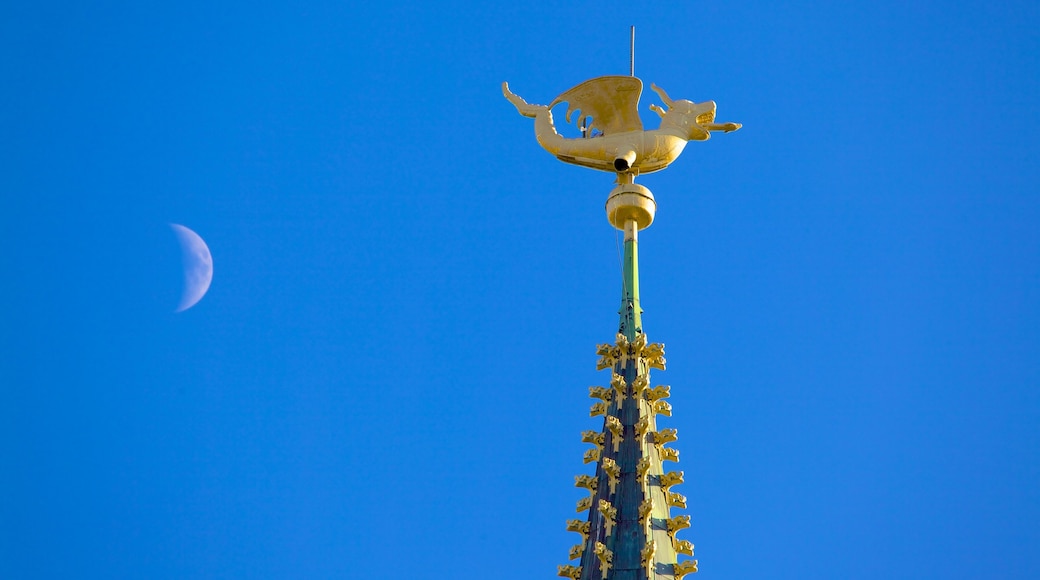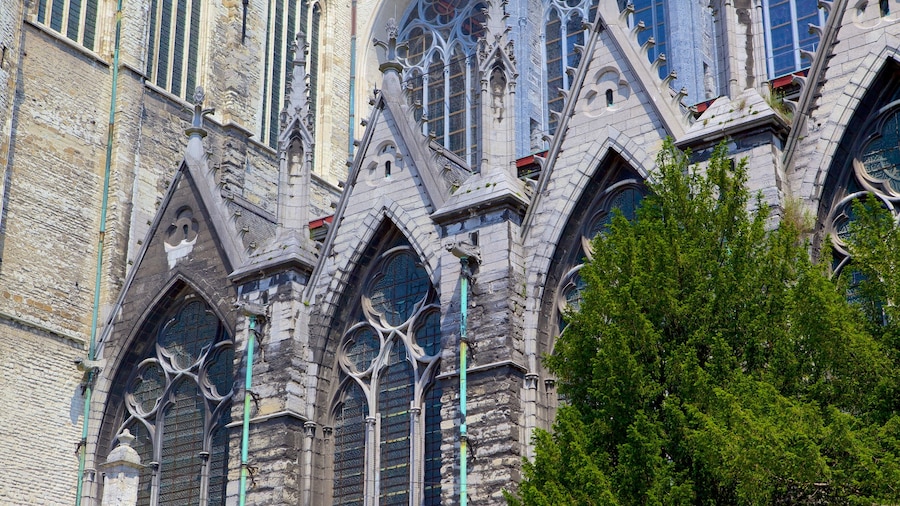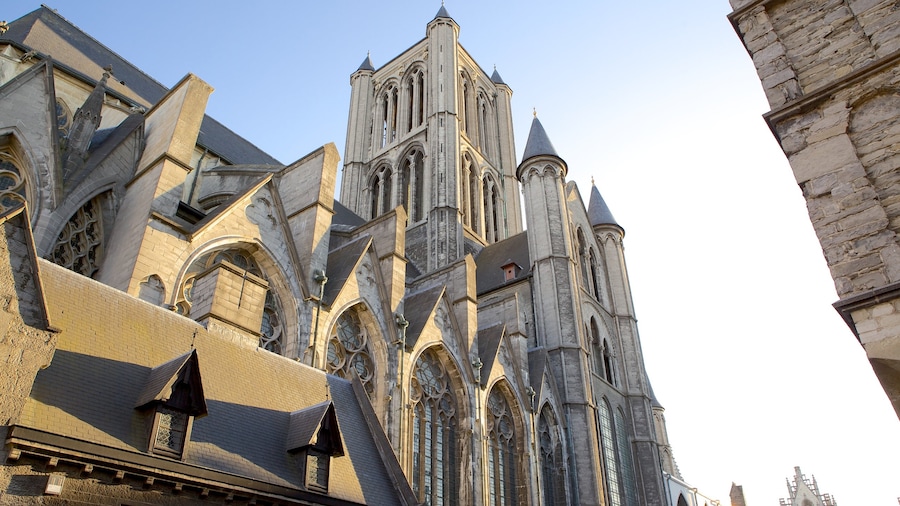Visit one of Ghent’s most famous attractions, an imposing tower that defines the city’sskyline and symbolises its independence.
The Belfry of Ghent is one of three medieval towers that characterise the old city centre.Together with Saint-Bavo’s Cathedral and St. Nicholas' Church, the belfry is among the mostrecognizable city landmarks. Explore its lavishly decorated interior and climb to the top, whereyou’ll see some of the most spectacular views in the city.
Construction began on the belfry in the early 14th century, but several wars delayed itscompletion until 1380. The building has been renovated numerous times over the years toaccommodate an increasing number of bells in its carillon. Initially used only for religiouspurposes, this system of bells later became important in regulating daily life in the city. The bellswere used to announce market openings, warn of attacks and keep track of time. Listen to morethan 50 bells chiming the time.
Notice that the belfry is topped with a gilded copper weathervane shaped like a dragon. Added in1377, this dragon is known as a symbolic guardian of the city. The tower’s dramatic stone spirewas built during a more recent restoration of the belfry in the early 20th century. Be sure tocheck out the Triumphanta, one of the tower’s original bells, which now rests in a garden at thebase of the tower.
Inside the belfry, explore at your own pace or stop by the ticket kiosk and sign up for one of theguided tours, which are offered daily. The interior consists of six floors connected by a windingstaircase.
Look at the interesting collection of carillon bells found on the third floor. On the fifth floor,you’ll find the intricate clock mechanism that controls the bells. The sixth and final floor of thetower is home to the bell chamber. Renovated in 1982, this floor now holds the tower’s current54-bell carillon.
The Belfry of Ghent is open daily with regular holiday closures in December and January. Thereis an admission fee to explore the tower and an additional fee for the guided tour.






















































